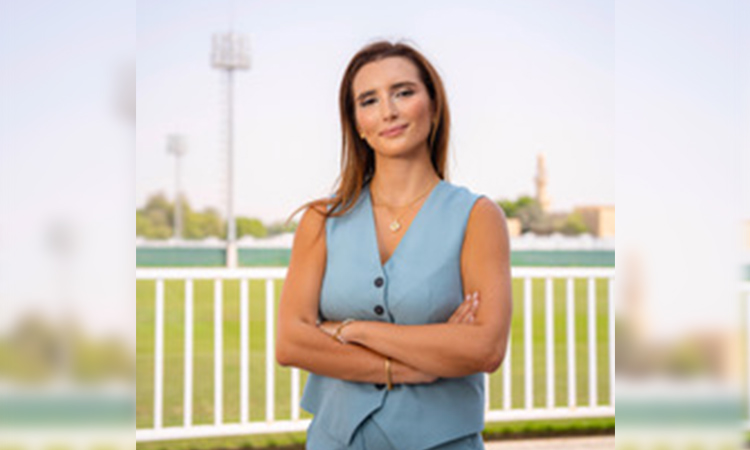Zineb, a remarkable 34-year-old Moroccan woman with a passion for football and an extraordinary career journey, has made history as the first Arab woman in the UAE to obtain a FIFA Football Agent licence. This achievement marks the pinnacle of a multifaceted career that spans two decades of professional football, executive leadership roles in global corporations.
Born with a profound love for the beautiful game, Zineb embarked on her professional football journey at the tender age of 14. For an impressive 20 years, she showcased her exceptional skills on the pitch, earning acclaim and respect both locally and internationally. Her unwavering dedication and talent opened doors that would eventually lead her to a groundbreaking role as a FIFA agent.
Parallel to her football career, Zineb pursued her academic dreams, earning a Trilingual Finance Degree from HEC Montreal and further honing her skills at ICADE Business School. Armed with a strong educational foundation, she ventured into the corporate world, joining prestigious global corporations such as GE. Zineb seamlessly balanced her roles on and off the football field, demonstrating exceptional leadership and managerial prowess.
One of Zineb’s most impressive accomplishments is her cultural and linguistic versatility. Having lived in 13 countries, she possesses a deep understanding of international cultures, fostering an open-mindedness and adaptability that have been instrumental in her career success. Fluent in four languages – Arabic, English, French & Spanish – she transcends cultural and geographical boundaries with ease. Her ability to connect with individuals from diverse backgrounds has played a pivotal role in her professional success and global experiences. Her journey through these diverse landscapes has imbued her with a unique perspective that she now brings to her role as a FIFA agent.
In a life defined by extraordinary achievements, Zineb’s latest feat as the first Arab female FIFA agent in the UAE is nothing short of groundbreaking. She successfully passed the rigorous FIFA Football Agent exam, solidifying her position as a trailblazer in the world of sports and representation. Her new role will enable her to empower athletes, foster talent, and advocate for gender equality in the world of football.
Zineb serves as an inspiration to aspiring athletes, young professionals, and women worldwide, proving that determination, passion, and a commitment to excellence can break down barriers and open doors to limitless possibilities.
With this historic achievement, Zineb continues to write her own remarkable story, leaving an indelible mark on the world of sports, corporate leadership, and international relations. Her journey stands as a testament to the power of ambition and the potential of the human spirit.
source/content: gulftoday.ae (headline edited)
____________

Zineb Rechiche
_____________
MOROCCO
